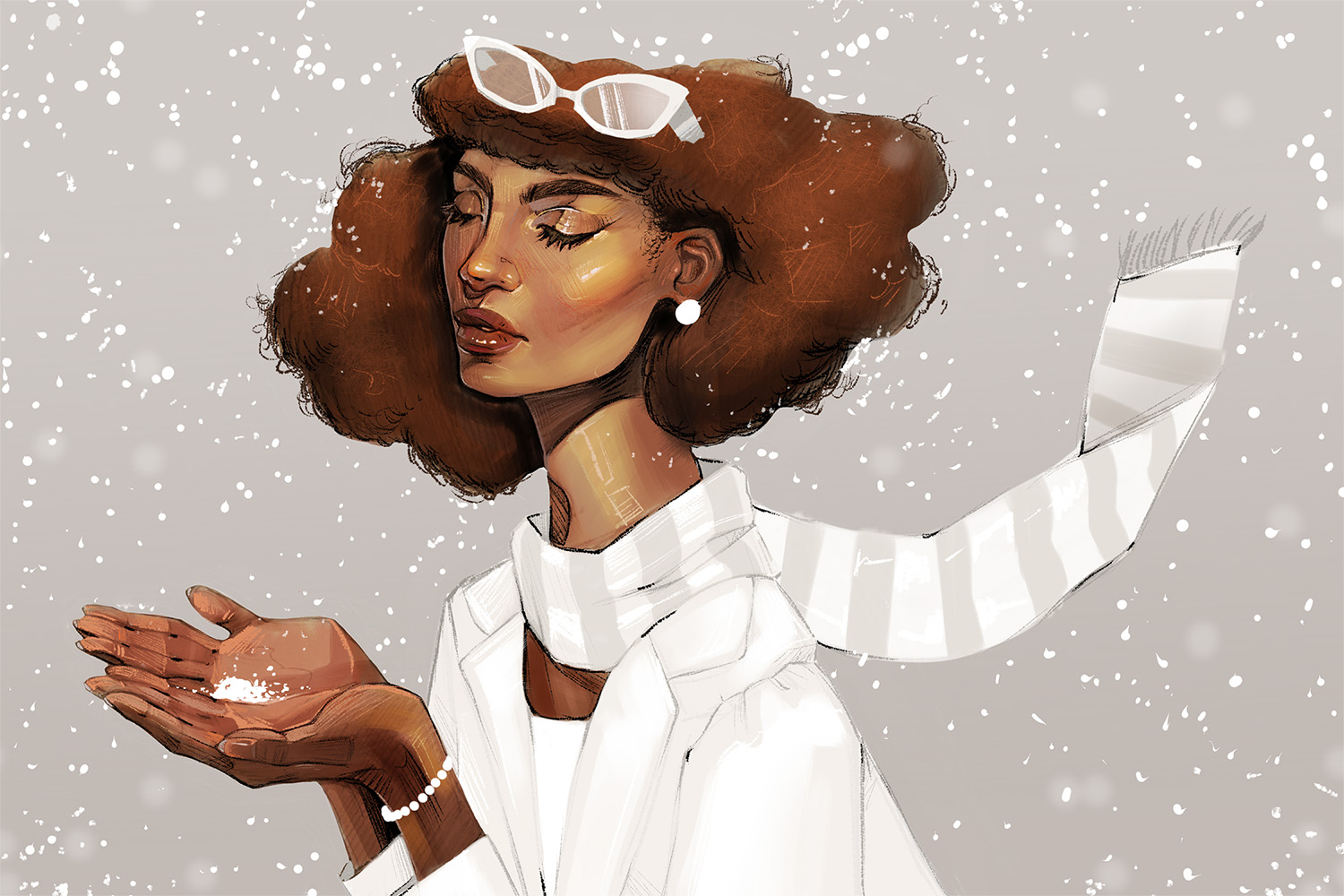As the crisp, cool air begins to settle in, it is time to pack summer clothing away, especially the beloved white pants and shoes.
For generations, wearing white after labor day has been perceived as a fashion faux-pas. Stares and glares are all around if you dare to wear white garments in the winter months, but why is that?
While the origin of this rule is still unidentified, it is most commonly believed to be derived from the 1800s when white was worn to keep cool in the summer, and darker colors were worn to stay warm in the winter. It is known that Labor Day is your last chance to wear a pair of white jeans or linen because this holiday marks the official “end of summer” and the death of white for the year. Although this is plausible, it shifted into a fashion no-no that many fashion insiders still stand by today.
In the early 1900s, white became a “look of leisure” for the wealthy and was never to be worn outside of the blazing summer sun. As Business Insider and TIME Magazine put it, “wearing white in the summer months may have been a way for the ultra-rich to self-identify as separate from the working masses.” Standing out in fashion was a way of showing your wealth because not everyone could afford “different” clothing. Wearing white was “different” because “if you look at any photograph of any city in America in the 1930s, you’ll see people in dark clothes,” says Charlie Scheips, author of American Fashion.
This social norm of not wearing white in the winter shifted when the iconic Coco Chanel started wearing white year-round. Due to her elite status, society slowly accepted the faux-pas. Fashion insiders in the early 1900s aspired to be like and dress like Coco Chanel. To do so, they had to follow her style of wearing white year-round. Individuals began to follow this trend in order to show off their own wealth and status. Wealth afforded the risk ruining white clothing due to stains or weather elements.
More women followed Chanel and rebelled against this no white rule. For example, in the 1960s, thick white wool coats with white gloves and tights became popular. This transitioned to the 1980s when white fur coats were a go-to. Today, girls are spotted in January, wearing shiny white boots with chunky sweater dresses.
While there are countless theories of where the rule originated, we do know that this rule has stood the test of time. Tradition aside, is it necessary to follow this outdated social norm that bans us from wearing a specific color while it’s cold out?
The term “winter white” has been coined in order to compromise the never-ending fashion debate. When shopping for your winter layers, you may commonly spot this white-yellow tone amongst the clothing racks.
Fashion and its role in society is always constantly evolving. The significance of the color white does not serve the same purpose as it did 70 years ago. So, I think it’s safe to say you can wear white after Labor Day.
Written by Ava Tamborella
Visual by Nate Ozburn

